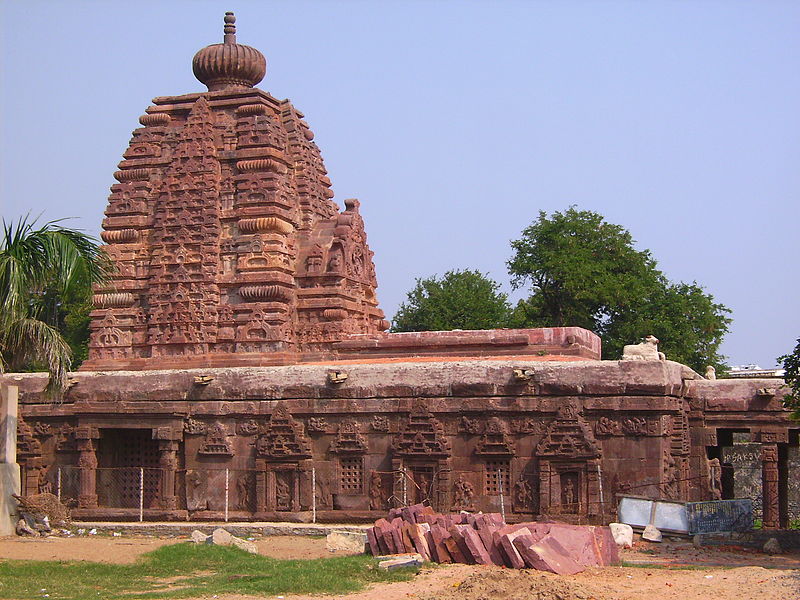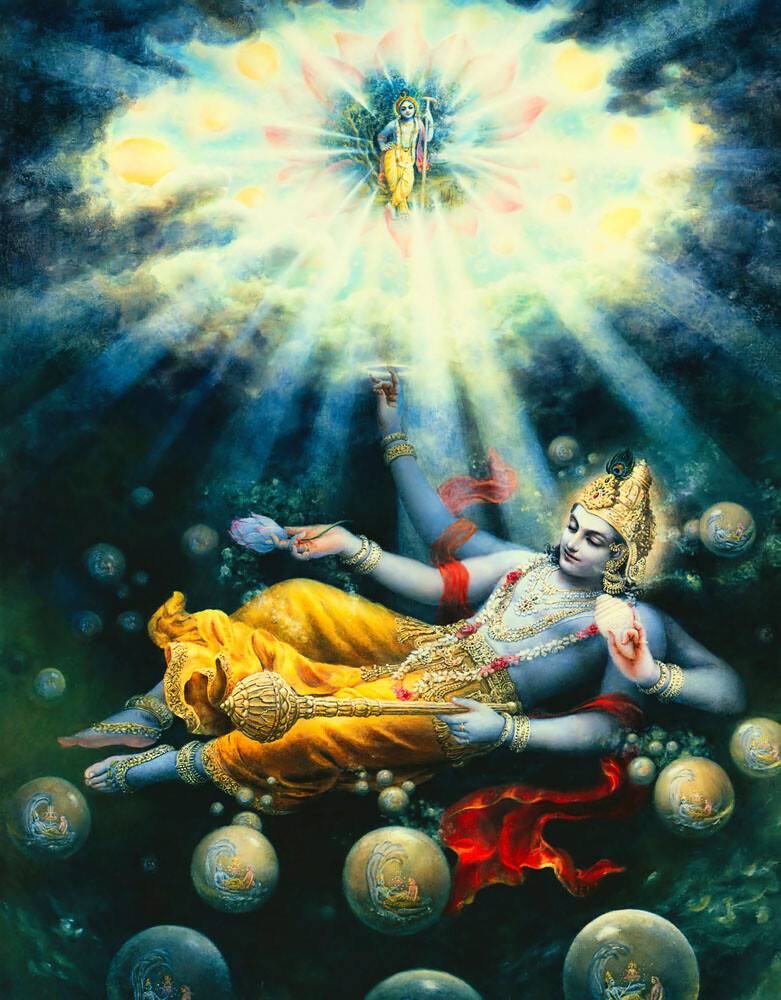Flowing Spirituality: A Sacred Voyage along the Tapi River in Hinduism
Explore the Tapi River, a significant waterway in central India revered in Hinduism for its historical and spiritual significance.

The Tapi River, often referred to as Tapti, holds great significance in the Hindu tradition. This river, which stretches over 724 km from its source in the Satpura Range of Madhya Pradesh to its mouth in the Arabian Sea near Surat in Gujarat, is one of the sacred rivers in Hindu mythology. It is believed to be the daughter of the Sun God, Surya, according to the Puranas.
Religious ceremonies and rituals have been associated with the Tapi River since ancient times. Hindus perform various rites and rituals on its banks, such as the immersion of ashes of the deceased, a practice believed to help the soul in its onward journey. It is also a site for festive celebrations, like the Kumbh Mela, which is one of the largest religious gatherings in the world.
Interestingly, the Tapi River is also mentioned in the epic Mahabharata. In the great Indian epic, the Pandavas during their exile crossed the Tapi River, lending it further sanctity. The river also finds mention in the works of the ancient poet Kalidasa, further cementing its place in Hindu literature and mythology.
But the Tapi River is not just a religious symbol. It's a lifeline for the people living in its basin. It provides water for drinking and irrigation, supports fishing, and even aids in transportation. However, like many rivers in India, the Tapi River faces threats from pollution and excessive use.
In conclusion, the Tapi River, with its rich cultural and religious significance, plays a critical role in the lives of millions of Indians. It's not just a river, but a testimony to India's rich cultural tapestry and spiritual heritage. We must strive to preserve and protect such natural resources that form an integral part of our cultural identity.




